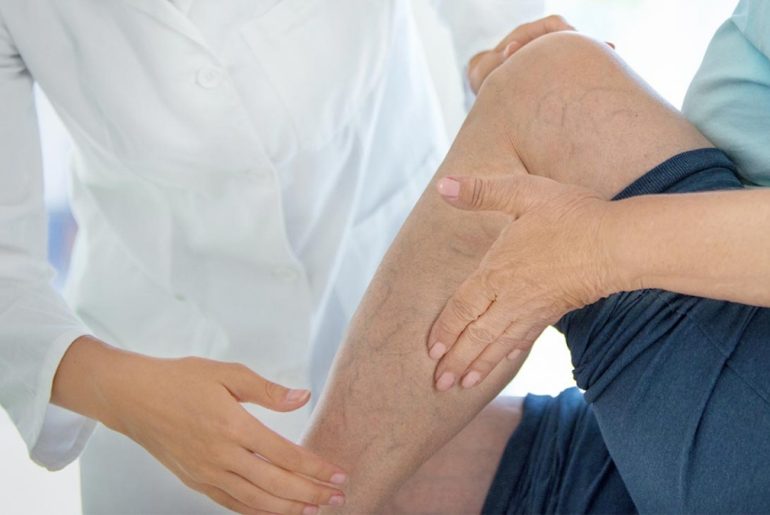Have you ever felt a nagging pain after standing or sitting for an extended period? Are your veins more pronounced or bulged more than usual? These may be due to a condition known as varicose veins. This condition is more prevalent than most people know. Its symptoms are not well defined and may be mistakenly attributed to general tiredness. If you suspect you have varicose veins in NYC, read the article further to find out about its symptoms and possible treatment plans.
What are Varicose Veins?
Varicose veins are characterized by enlarged, twisted veins. Any vein can become varicose, but those most affected are found in your legs. This is because standing up and walking leads to an increase in pressure in the veins of the lower part of your body.
Varicose and spider veins are usually just an appearance problem for most people. However, it can cause discomfort and aching pain, leading to more severe issues for some.
Signs and Symptoms of Varicose Veins
Varicose veins are not always painful and are characterized by:
· Bulging and twisted veins looking like cords on your legs
· Blue or dark purple veins
Signs and symptoms that involve pain include:
· Itchiness on one or more of your veins
· Pain worsens after standing or sitting for a long time
· A heavy feeling that aches in your legs
· Skin is discolored around the problem area
· Swelling, muscle cramping, and throbbing in your lower legs
A mild variation of varicose veins known as spider veins also occurs but is smaller, reddish, and found closer to the skin’s surface. They can be found in the legs or even on the face in varying sizes.
Causes of Varicose Veins
Injured or weak valves may cause varicose veins. This is because veins transport blood from your body parts towards your heart, so, from your legs’ perspective, they work against gravity. This may cause tension, weakening them in the process.
Muscle contractions from your legs’ muscles act as pumps with help from elastic vein walls to help blood return to your heart. The tiny valves that open and close to allow blood flow may be damaged, causing a backward flow of blood that accumulates and twists or stretches your veins.
Factors that may increase your chances of contracting varicose veins include:
· Increasing age leads to wear and tear on the valves of your veins
· Hormonal changes in women during menstruation that causes vein relaxation
· Pregnancy resulting in an increase in the volume of blood
· Family history
· Obesity
Complications from varicose veins may lead to conditions such as blood clots, ulcers, and bleeding after veins burst.
Treatment of varicose veins involves:
· Self-care through exercise, losing weight, and leg elevation
· Wearing of compression stockings
· Procedural treatments like sclerotherapy, laser treatment, and endoscopic vein surgery
Varicose veins may not be as quickly noticed as other conditions. However, self-care routines are the easiest way of preventing the contraction of the disease. If the symptoms become too severe, check out our website above or call our offices in New York, NY, to book an appointment.

